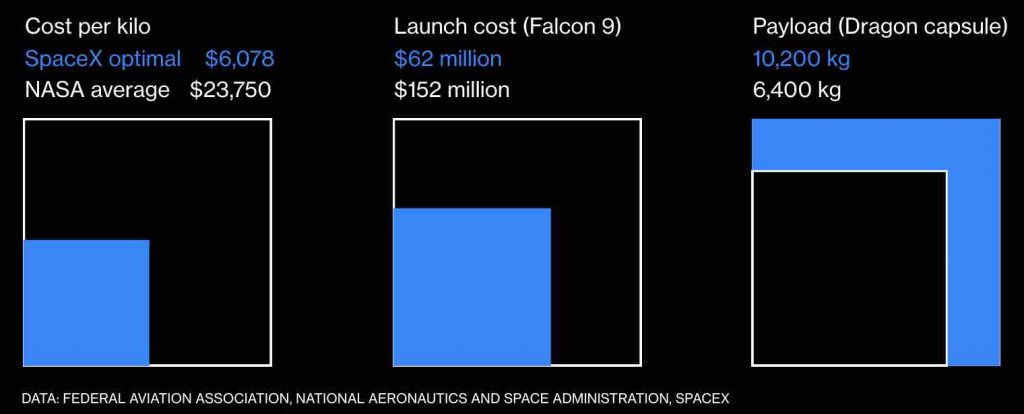The first part of this series described the pitfalls of efficiency-driven approaches when it comes to solving business problems. This post shows how to overcome these problems and how to get better at complex problem solving.
What to do about it?
It’s all about having the right approach for the business challenge at hand. However, creative problem-solving methods are gaining in importance as most business problems are increasingly becoming complex problems, not complicated problems. That’s why many clients often come to us with non-linear business issues, such as:
- How to enter new international markets and win over new customer segments?
- How to fend off new digital competitors that aggressively challenge our business model?
- How to effectively utilise new technologies, like blockchain or AI?
- How to develop new value propositions that win over new market segments?
- How to innovate the core business while developing new offerings that will replace the core in 5 years?
With many unknown variables in the equation, most of the time there is no readymade theory that will lead to a predictable outcome. Albeit, this is where design thinking and lean startup can be extremely valuable, as experiencing a problem through the eyes of the actual users and stakeholders often uncovers underlying root causes. From there, completely new theories and prototypes can be developed, resulting in a human-centred solution that takes all possible levels of the problem into account: users, business and technology. Further, by collaborating with specialists from diverse fields any expert biases can be reduced and the iterative, fluid process ensures that solutions are highly relevant when finally launched to market.
What would Elon do?
One approach for developing valid solutions is utilising first principles thinking. This way of working is heavily popularised by Elon Musk, who credits a lot of his success and unusual ways of solving business issues to reasoning by first principles.
First principles thinking reduces a problem into its fundamental building blocks and then reassembling them from scratch. The reverse-engineering logic helps to unlock creative potential and to get from linear to non-linear outcomes. In his interview with WIRED, he explained:
“I tend to approach things from a physics framework. And physics teaches you to reason from first principles rather than by analogy. So I said, OK, let’s look at the first principles. What is a rocket made of? Aerospace-grade aluminium alloys, plus some titanium, copper, and carbon fibre. And then I asked, what is the value of those materials on the commodity market? It turned out that the materials cost of a rocket was around 2 percent of the typical price—which is a crazy ratio for a large mechanical product.”
The unbiased thinking has led to SpaceX disrupting the launch industry, as illustrated by Bloomberg:

Source: Bloomberg
Designing the machine from a higher level
Similarly, Ray Dalio, founder of the world’s largest hedge fund Bridgewater Associates, has pioneered a technique to tackle complex problem solving by looking at issues from a higher level and analysing so-called second / third order consequences when making important decisions:
“By recognizing the higher-level consequences nature optimizes for, I’ve come to see that people who overweigh the first-order consequences of their decisions and ignore the effects of second- and subsequent-order consequences rarely reach their goals. This is because first-order consequences often have opposite desirability from second-order consequences, resulting in big mistakes in decision making. For example, the first-order consequences of exercise (pain and time spent) are commonly considered undesirable, while the second-order consequences (better health and more attractive appearance) are desirable. Similarly, food that tastes good is often bad for you and vice versa.”
On his Twitter handle, Dalio describes himself as a ‘professional mistake maker’, a quite strong statement for someone who has built one of the world’s most successful funds with $120b under management. By perceiving problems as a set of outcomes produced by a machine, he promotes critical, higher-level thinking. Looking down on the machine and analysing how the inputs, processes, structures, and the resulting outputs can be changed to create desired outcomes is what solving for effectiveness is about.
Do things that don’t scale
Airbnb is another famous organisation for applying problem-solving techniques that go against conventional, efficiency-driven models. For instance, early Airbnb employees personally travelled to hosts to take professional pictures of their homes offered on the platform, resulting in a much better user experience for early adopters that were critical in building a first core user base. In a recent post, Lenny Rachitsky, a former key employee, shares their obsession with crystallizing and stating problem hypotheses before starting a project. Their common techniques for tackling complex problems are conducting jobs-to-be-done research or preparing formal problem statements before going into execution mode.
Doing the right things, smarter
The most successful organisations combine rigorous analytical approaches, championed by classic management consulting, with creative design thinking, mostly found in innovation agencies and startups. However, while reliability-oriented management styles make a business lean, efficient and predictable in the short-term, they won’t generate new business designs, breakthrough high-growth products or entirely new revenue streams as an answer to complex business problems. Consequently, learning to utilise complex problem solving is crucial for any organisation that wants to survive.

About the author


